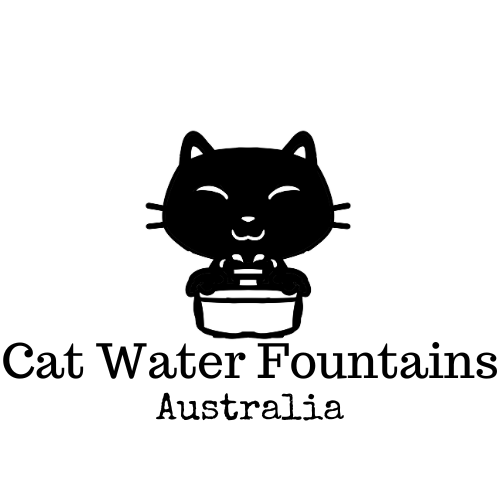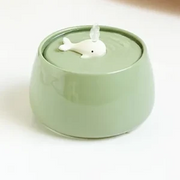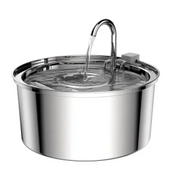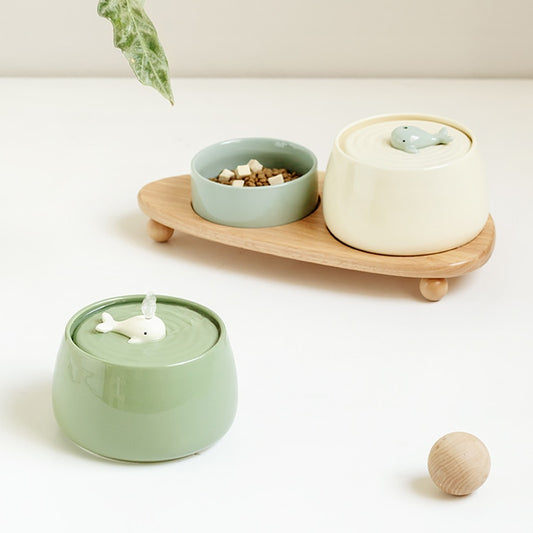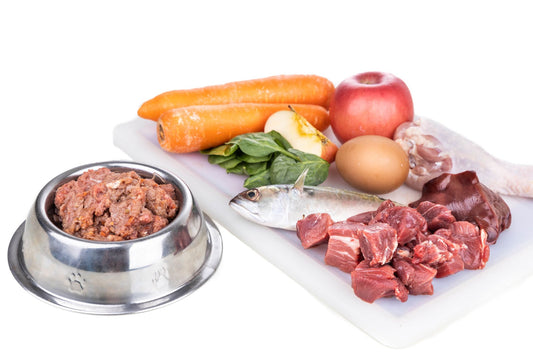Why Your Cat Refuses to Drink Water and How to Keep Them Hydrated
Cat Water Fountains Australia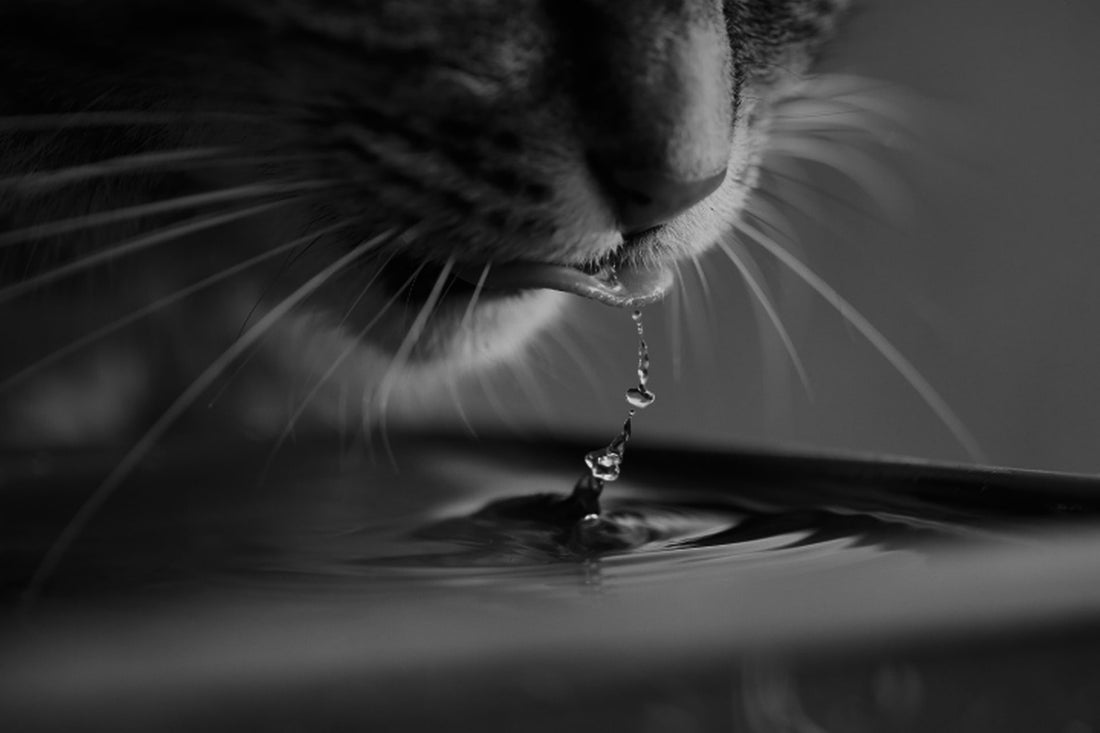
Share This Article
It's no secret that cats are notoriously picky creatures, with their own distinct personalities and preferences. But what happens when your feline friend refuses to drink water?
As a responsible pet owner, it's natural to be concerned about your cat's health and well-being. We'll explore some of the most common reasons why cats don't drink water and offer tips on how to encourage your furry friend to stay hydrated. So, grab a cup of coffee and settle in for some feline hydration insights.
1. Preference for running water
Some cats prefer drinking running water as opposed to still water in a bowl. This is because in the wild, running water is less likely to be contaminated than still water. To encourage your cat to drink more water, you can try investing in a cat water fountain, which will provide a continuous stream of running water.
2. Illness
If your cat is not drinking water, it may be a sign of an underlying illness such as kidney disease or a urinary tract infection. Other symptoms to look out for include lethargy, vomiting, and a decreased appetite. If you suspect your cat is ill, it's important to take them to the vet as soon as possible.
3. Diet
Some cats may not drink much water if they are getting enough moisture from their food. If your cat eats wet food or gets moisture from other sources like fresh fruits or vegetables, they may not feel as thirsty. However, it's still important to make sure they have access to fresh water at all times.
4. Bowl placement
The location of the water bowl may also be a factor in whether your cat drinks water. Some cats may not like drinking water that is too close to their food, so try placing the water bowl in a separate location.
Water quality: Cats are known for being picky about the quality of their water. If the water in their bowl is stale or dirty, they may not want to drink it. Make sure to change your cat's water bowl daily and clean it regularly to ensure that the water is fresh and clean.
By understanding the reasons why your cat may not be drinking water, you can take steps to encourage them to drink more and keep them healthy. So, whether it's investing in a pet fountain, adjusting the placement of the water bowl, or making sure the water is fresh and clean, taking the time to ensure that your feline friend is getting enough water is an important part of being a responsible pet owner.
With a little bit of effort and attention, you can help your cat stay healthy, happy, and hydrated for years to come. If you are concerned about your cat's water intake, it's important to consult with your vet to rule out any underlying health issues.
FAQs
How long can cats go without water?
Cats can survive without water for up to three to four days. However, it's important to ensure that your cat always has access to fresh water to prevent dehydration.
How much water should a cat drink?
On average, cats should drink around 75 to 133 ml (2.5-4.5 ounces) of water per 5 pounds (2.2 kg) of body weight per day. However, this can vary depending on factors such as age, diet, and activity level.
How long can a cat survive without water?
Cats can survive without water for up to three to four days. However, it's important to note that dehydration can cause serious health problems, so it's important to ensure that your cat always has access to fresh water.
How to get a cat to drink water?
To encourage your cat to drink more water, you can try investing in a pet fountain, which provides a continuous stream of running water. You can also try adjusting the placement of the water bowl, making sure the water is fresh and clean, and adding water to your cat's food. If your cat still refuses to drink water, consult with your vet to rule out any underlying health issues.
Related Posts:
- How to Choose the Best Cat Water Fountain
- Why Your Cat Prefers Running Water
- Why is My Cat Drinking so Much Water
- How to Introduce Your Cat to a New Water Fountain
Shop:
Cat Water Fountains | Stainless Steel Cat Water Fountains | Ceramic Cat Water Fountains | Cordless Cat Water Fountains
